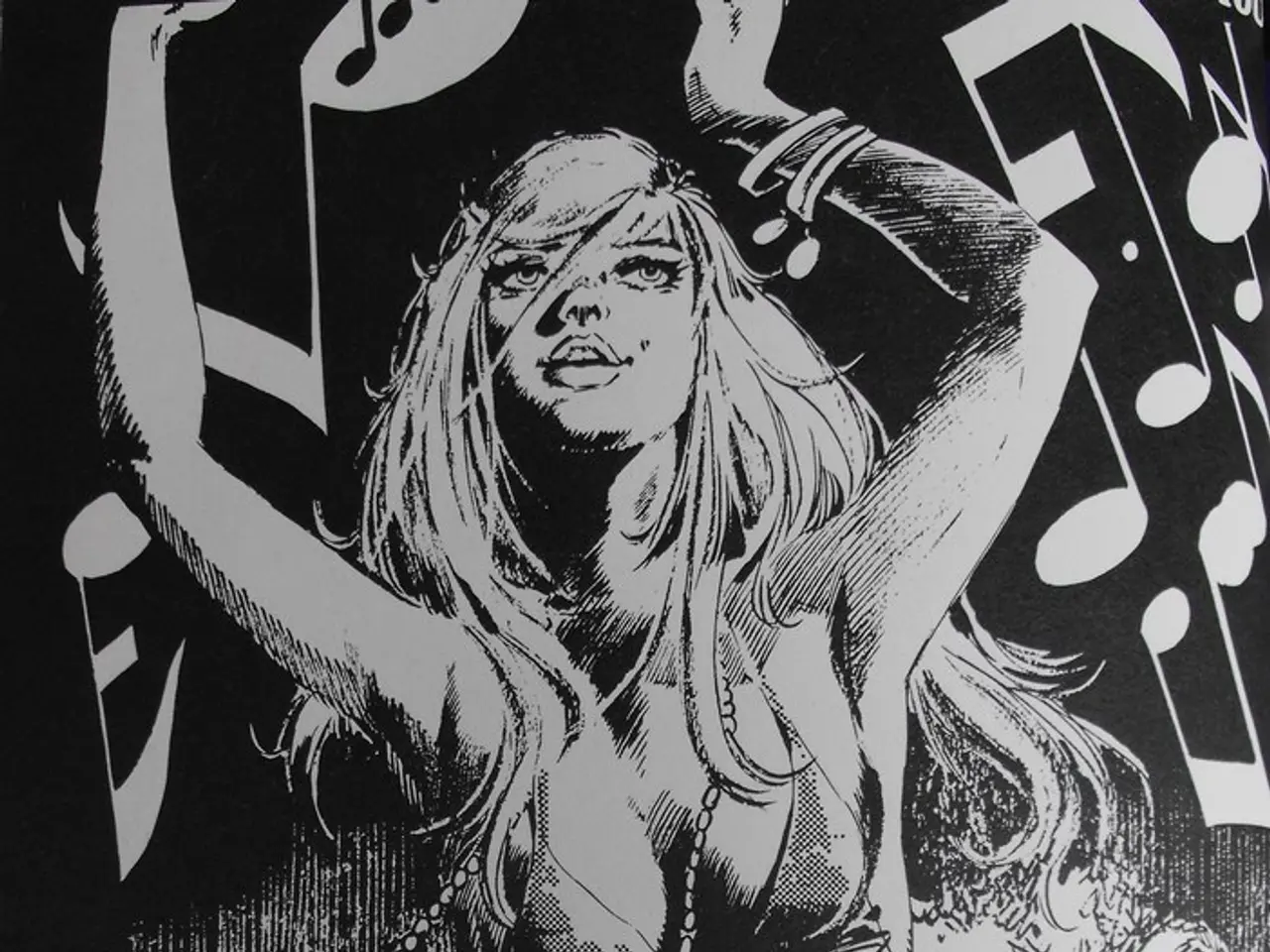" Despite its unexpected popularity, the famous REM tune is often perceived as harboring a more somber undertone"
In the realm of music, few songs have sparked as much debate as REM's "Shiny Happy People." Released in 1991, this catchy tune became a radio hit, yet it caused a stir among fans and critics due to its departure from REM's typical sound.
Despite its commercial success, "Shiny Happy People" was seen as overly lightweight and poppy, a departure from the band's usual serious and politically conscious work. This shift in style alienated some fans who preferred REM's more somber and thought-provoking material.
The song's bright, bubblegum pop sound and simplistic cheerfulness contrasted sharply with the band's more nuanced and often politically engaged material. Critics argued that it was a frivolous or insincere departure from REM's artistic identity.
Moreover, some listeners and commentators speculated a darker subtext related to authoritarian propaganda. The phrase "shiny happy people holding hands" appeared on Chinese Communist Party (CCP) propaganda after the 1989 Tiananmen Square massacre. Though Michael Stipe, REM's lead singer and lyricist, never confirmed this interpretation, the rumor added to the song’s controversial reception.
Despite these controversies, "Shiny Happy People" enjoyed significant success. It landed in the top 10 of the US Billboard Chart and hit number six in the UK chart in May 1991. Even the producers of the popular sitcom Friends approached REM to use "Shiny Happy People" as the show's main theme, but the band declined the request.
The song was written during the initial sessions for REM's album Out of Time in 1990. Kate Pierson, vocalist from the B-52's, provided the essential female backing vocal for "Shiny Happy People." The song's repetitive, jangling riff was courtesy of guitarist Peter Buck, while the string section was arranged by Mark Bingham, inspired by Chicago's slick 1972 song "Saturday in the Park."
The video for "Shiny Happy People," directed by Katherine Dieckmann, was a unique blend of Coca-Cola's iconic 1970s ad 'I'd Like to Teach the World to Sing' and an old 1948 movie called 'Letter From an Unknown Woman.' April Chapman, a schoolteacher in REM's hometown, Athens, was commissioned to create the backdrop for the video, using artwork from her fifth-grade class.
Michael Stipe has remained adamant that "Shiny Happy People" is a genuinely happy, uplifting song aimed squarely at children and the young at heart. His formative years were spent transfixed by the uber-positive fare of commercially-aimed groups such as the Monkees and children's musical television shows such as the Banana Splits and the Archies.
In summary, the disparity between "Shiny Happy People's" bubbly pop style and the expectations of REM's fanbase and critics, coupled with ambiguous political interpretations, made this song controversial, despite its popularity. Yet, it remains a significant part of REM's discography, showcasing the band's versatility and willingness to experiment.
In the sphere of entertainment, the upbeat and cheerful music from "Shiny Happy People" became a subject of contention, contrasting with REM's more serious, politically conscious work. The song's controversial allusion to Chinese Communist Party propaganda following the Tiananmen Square massacre added fuel to the debates.





